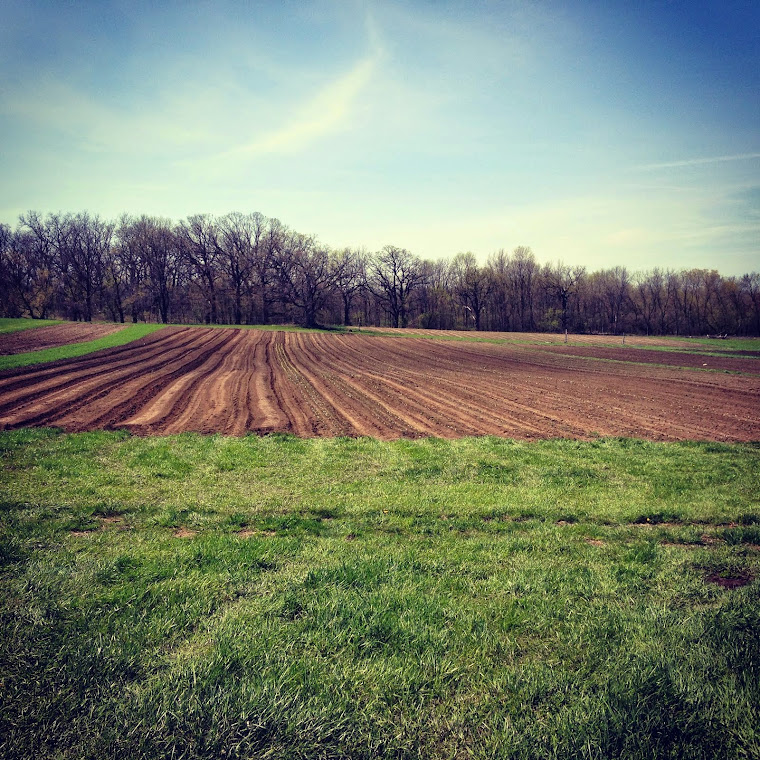As a gardener I value taming and organizing plants. For every
plant there is an optimal spacing pattern that allows for sufficient
growth, and so edible gardenscapes often develop a characteristically
uniform layout. Harvesting wild foods is different. You simply walk
along the road and gather your meal (of course, making sure to know
that you understand what is and what is not toxic). It evokes an
almost brazen feeling for the detail-oriented fine gardener in me,
and there's nothing more rewarding than enjoying what you've prepared
with your own two hands (after, of course, the plant has done all the hard work and prepared itself for you).
We gathered the edible Elderberry, Sambucus nigra,
from along a river bend. The sun skipped in just long enough for us
to leave our hiding place from the rain, beneath the tree canopy that
lined our path. Strolling back through le
potager (the kitchen garden), we set down our basket bounty in the
wine cave. Here in the adjoining room we prepared an infusion. By
steeping the elderberry flowers in water, straining the mixture into
a bowl, and combining with sugar, we made our very own elderberry
syrup. To this we added sparkling wine, and violà, vin mousseux avec
fleur! We paired this with a nice local goat cheese coated in walnut
oil and wild mint from the property, atop a bed of edible rose
petals. Mes compliments au chef.
While enjoying lunch my mind wandered
to the term “wild foods.” We were once wild ourselves, living a
nomadic existence that traveled in pursuit of our food, whether it
was an animal by hoof or a plant by seasonal migration. Today we have
mechanized food much in the same way we have everything else, with
great consequences and benefits. Our adoption of agriculture has
allowed us to become the humans that we are today, so what would
would the re-adoption of gathering bring to our culture? As my mind
wandered deeper into the philosophy behind our agricultural society,
it became increasingly apparent that the benefits of knowing how to
harvest and prepare local, wild foods go far beyond bemusing the
modern-day palate.
Imagine if the surrounding
landscape was your supermarket. Having an intimate connection with
the food we eat allows us to better care for the landscapes that
provide it. In this way, increased access to productive landscapes is
a crucial step in re-defining our relationship with the land. Today
this concept can be seen by our growing interest with wild foods,
urban farming, community gardens, backyard kitchen gardens, and
overall a more transparent food system. For before the idea of “farm to
table” there was “dirt to plate,” a concept that, as seen from our
workshop today, still brings people around a table to eat. After first walking through the surrounding landscape together, touching and
smelling and tasting the plant life, awakening our inner (albeit forgotten) gatherer. When we increase our
connection and access to the land in positive and provisional ways,
we savor it. And this is a very, very good thing.

No comments:
Post a Comment